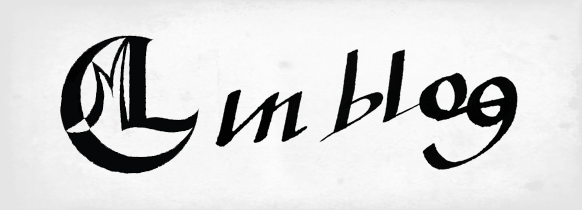How and Why to Create Unconventional Logos
Nowadays, we are living in a world where everything is at hand and everyone has many possibilities to choose from. From the perspective of the manufacturers, the problem is regarded somehow the other way around: how to get noticed by prospective clients.
In the online medium, the opportunities are even more numerous and it requires a well-thought strategy in order to be distinctive from the crowd. A small element that nevertheless has a pretty important role in the overall success is the logo. Apart from the academic definitions, a logo is the graphical element which represents a company, organization or a product. Apparently, it may be considered worthless, but it says a lot about the represented entity. An unconventional logo, built with rarely seen elements hides the clear message that the owner considers himself and wants to create the image of unusual, new and fresh. Being unique is really important, it attracts people, and it is very clear!
This kind of image is profitable and there are many competitors which are trying to achieve this position. The starting point of the revolutionary strategy of becoming unconventional may be the logo and this article is perfect to reveal some secrets of a noticeable logo.
1. Use a large palette of colors and sometimes even stringent tones
color palettes How and Why to Create an Unconventional Logo" height="300" width="500">
A nice and unique design is eye–catching (definitely a must have feature of a good logo) but many times a cool or a decent color scheme is the one which adds up to the wow effect or simply put it into the shadow. Paradoxically, a very common type of logo which sometimes is turning into a very distinctive one is based on the black and white format. These are very versatile, allowing for the representation of almost every type of corporation or product. Personally, I am amazed by black and white logos and these are clearly timeless.
Another solution is to use a rarely met color combination and this means a great plus for originality, but anytime it can result into a very bad color scheme. Innovation is always risky and unique may be interpreted as insane. On the other hand, the color should be customized to the design of the logo. There isn’t a great vectorial calculus to imagine a vector, the color, which is growing to minus infinite and the shape to plus infinite, the result is zero. In a nutshell, both colors and the shape should have a convergent direction. A logo isn’t a shape, few nuances and a font – it is an entity and the colors must be a catalyst for any person looking at it to quickly understand the message transmitted.
2. Select only rarely used fonts
fonts How and Why to Create an Unconventional Logo" height="300" width="500">
A logo is usually a small graphic design project and a letter or a word is a small constituent of it. Thinking this way, a font is a negligible entity but in fact it is a serious mistake and the professional logo designers know this situation better.
The use of a proper font is mostly an art and only the talented and/or experienced ones handle the fonts in an unconventional manner. The most well known logos are made with common fonts but to be remarkable it is recommended to avoid them. As I said in the beginning, the Internet is full of opportunities and to select a better font takes a matter of time.
3. Unconventional logos are created from unconventional ideas
unconventional ideas How and Why to Create an Unconventional Logo" height="300" width="500">
Any high quality graphical realization can’t be called an innovative logo without an unconventional idea behind it. This is so simple to say but it’s terribly difficult to put into practice. A good color combination, some attractive fonts can’t guarantee amazing results if the underlying idea is boring. It’s an annoying mental exercise to find the unconventional logo but respecting the laws of beautiful design. Unfortunately, there is no clear recipe on how to make someone capable of realizing an unconventional piece of art.
4. Originality and creativity
Originality How and Why to Create an Unconventional Logo" height="300" width="500">
In spite of offering no clear advice on making a great design there are two qualities that allow designers to stand apart: originality and creativity. These concepts are almost equivalent; the big difference is that originality is more related to innovation while creativity to efficiency. Anyway, their common factor is the imagination. To really boost your imagination, please enjoy the works below:
Black & White
ec5fe585d9b1 How and Why to Create an Unconventional Logo" height="260" width="325">
fd80e38e8db01c701b1 How and Why to Create an Unconventional Logo" height="260" width="325">
ce68565b8c7d4dbdab109eb1 How and Why to Create an Unconventional Logo" height="260" width="325">
dcc42113ad9dbd8f3986cbc1 How and Why to Create an Unconventional Logo" height="260" width="325">
Joy of Colors
cc2d3b56d94aa37f142aa21 How and Why to Create an Unconventional Logo" height="260" width="325">
Unconventional Logos
fde62a8edc2adf9008020ff7bf1 How and Why to Create an Unconventional Logo" height="260" width="325">
ccb2bfec425f68e69c72b231 How and Why to Create an Unconventional Logo" height="260" width="325">
afe5e3e8bf52a67dd2339d1 How and Why to Create an Unconventional Logo" height="260" width="325">
ae07e8b1788a3200441 How and Why to Create an Unconventional Logo" height="260" width="325">
bc03cd32207d168115b51 How and Why to Create an Unconventional Logo" height="260" width="325">
Article Image Credit: Logo-Grid



Nenhum comentário:
Postar um comentário